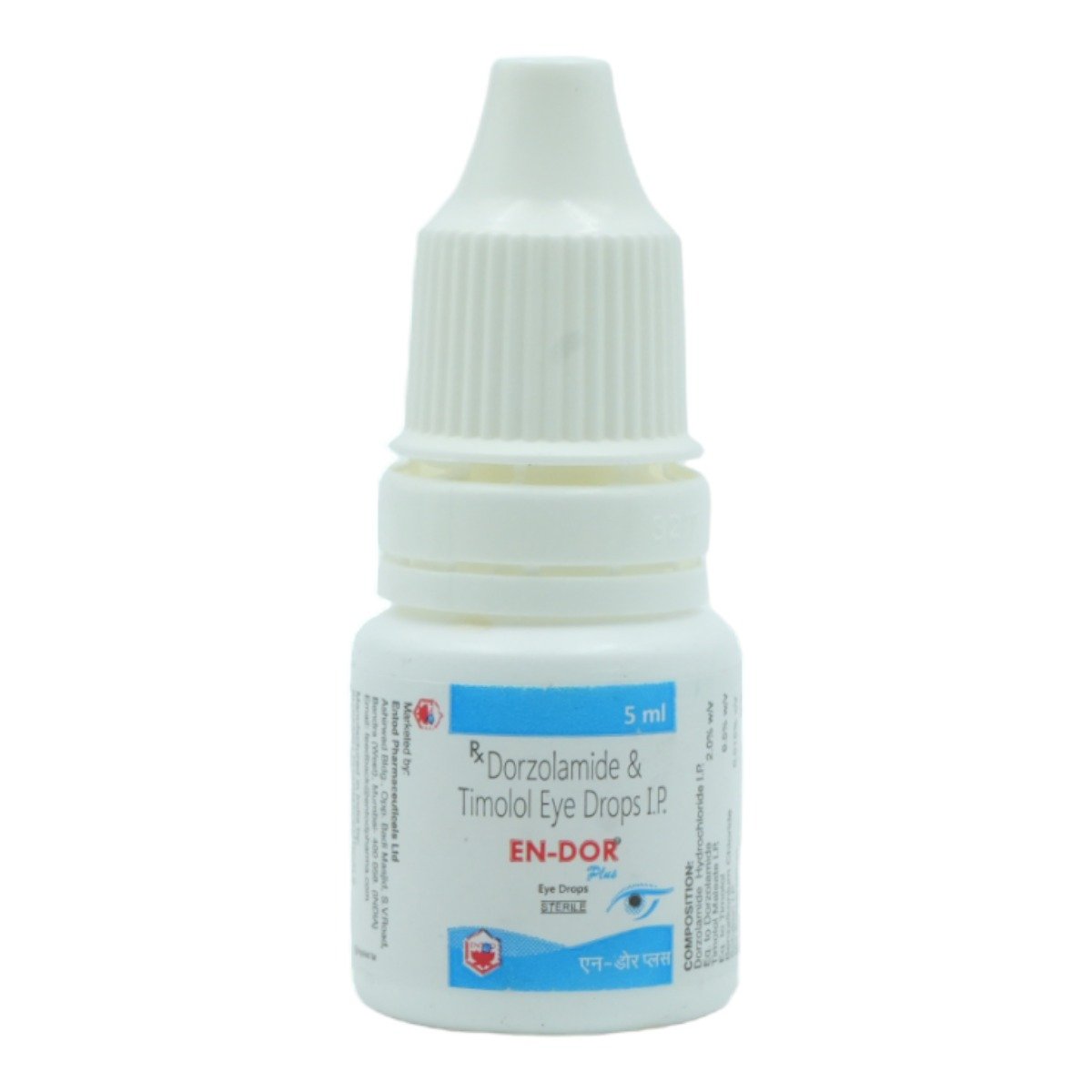Doze-T Eye Drop 5 ml
MRP ₹298
(Inclusive of all Taxes)
₹44.7 Cashback (15%)
Provide Delivery Location
Online payment accepted
 Prescription drug
Prescription drugWhats That
Composition :
Manufacturer/Marketer :
Consume Type :
Expires on or after :
Return Policy :
About Doze-T Eye Drop 5 ml
Doze-T Eye Drop 5 ml belongs to anti-hypertensive combination medication called antiglaucoma agents, primarily used to treat open-angle glaucoma and ocular hypertension (high pressure in the eyes). Doze-T Eye Drop 5 ml is generally used when no other medication effectively treats glaucoma or ocular hypertension. Glaucoma is an eye condition that causes damage to the optic nerve (essential for good vision) due to abnormally increased pressure in the eye. Ocular hypertension is increased pressure in the eye due to poor drainage of aqueous humour (fluid in the eye that maintains normal pressure by its continuous flow).
Doze-T Eye Drop 5 ml contains Dorzolamide and Timolol. Dorzolamide is a topical carbonic anhydrase inhibitor, and Timolol is a topical beta-blocker. Both help decrease the secretion of aqueous humour (natural fluid present in the eye) by the eye's ciliary body, thereby causing a decrease in eye pressure.
Doze-T Eye Drop 5 ml is taken with or without food in a dose and duration as advised by the doctor. The doctor will adjust your dose according to your condition and response to the medicine. In some cases, you may experience itching, stinging sensation, burning sensation in the eye, redness, blurred vision, tiredness, drowsiness, headache and dryness in the mouth. Most of these side effects of Doze-T Eye Drop 5 ml do not require medical attention and gradually resolve over time. However, if the side effects are persistent, reach out to your doctor.
Try not to stop taking this medicine of your own. You should not use Doze-T Eye Drop 5 ml without consulting your doctor if you have an eye infection, allergies, closed-angle glaucoma, thyroid diseases, asthma, chronic obstructive pulmonary disease (COPD), heart, liver and kidney diseases, diabetes, high or low blood pressure, depression, Raynaud's phenomenon (numbness in various parts of the body) and slow heartbeats that make you faint. Using Doze-T Eye Drop 5 ml during breastfeeding is unsafe since Timolol can pass into breast milk and harm a nursing baby. Check with your doctor before using Doze-T Eye Drop 5 ml if you are pregnant, breastfeeding, or taking other prescribed or non-prescribed medicines. If you use more than one ophthalmic drug, install each medication with a five-minute gap.
Uses of Doze-T Eye Drop 5 ml
Directions for Use
Key Benefits
Doze-T Eye Drop 5 ml is an ophthalmic medication. It effectively treats open-angle glaucoma and ocular hypertension (high eye pressure). Doze-T Eye Drop 5 ml consists of Dorzolamide and Timolol in the form of ophthalmic solution (eye drops). Dorzolamide is a topical carbonic anhydrase inhibitor, and timolol is a topical beta-blocker. Both help decrease the secretion of aqueous humour (natural fluid present in the eye) by the ciliary body in the eye, thereby causing a decrease in eye pressure.
Storage
Drug Warnings
Do not take Doze-T Eye Drop 5 ml if you are allergic to Doze-T Eye Drop 5 ml or any of its ingredients. Before taking Doze-T Eye Drop 5 ml, let your doctor know if you have a history of eye infection, allergies, closed-angle glaucoma, thyroid diseases, asthma, chronic obstructive pulmonary disease (COPD), heart, liver, and kidney diseases, diabetes, high or low blood pressure, depression, Raynaud's phenomenon (numbness in various parts of the body), and slow heartbeats that make you faint. Regular monitoring of blood sugars may mask the signs and symptoms of acute hypoglycaemia. Using Doze-T Eye Drop 5 ml during breastfeeding is unsafe since Timolol can pass into breast milk and harm a nursing baby. Let your doctor know if you use other over-the-counter medications, herbal and vitamin supplements before taking Doze-T Eye Drop 5 ml.
Diet & Lifestyle Advise
- Take the medication as directed by the doctor and at regular intervals. Do not use other over-the-counter medicines, herbal or vitamin supplements without informing your pharmacist or doctor when you take Doze-T Eye Drop 5 ml.
- Try to maintain good hygiene to keep your eyes clean and irritant-free.
- Do not rub your eyes even though some ophthalmic drugs make your eye itchy.
- Lowering your salt intake can help with fluid retention.
- Wash your hands thoroughly, and do not touch the dropper before using drops to avoid contamination.
Side Effects of Doze-T Eye Drop 5 ml
- Itching, stinging sensation
- Burning sensation in the eye
- Redness
- Blurred vision
- Tiredness, drowsiness
- Headache
- Dryness in the mouth
- Taste change
Habit Forming
Therapeutic Class
All Substitutes & Brand Comparisons
RX
Dozolamide T Eye Drops 5 ml
Does Health Systems Pvt Ltd
₹218
(₹39.24/ 1ml)
26% CHEAPERRX
Dorsun T Eye Drops 5 ml
Sunways (India) Pvt Ltd
₹237
(₹42.66/ 1ml)
20% CHEAPERRX
Ocudor-T Eye Drops 5 ml
FDC Ltd
₹311
(₹55.98/ 1ml)
4% COSTLIER
FAQs
Drug-Drug Interactions Checker List
- CLONIDINE
- RESERPINE
- AMLODIPINE
- NIFEDIPINE
- DILITAZEM
- METOPROLOL
- VERAMAPIL
- DIGOXIN
- PAROXETINE
- FLUOXETINE
- QUINIDINE
- ADRENALINE
- ASPIRIN
- ACETAZOLAMIDE
- DICHLOROPHENAMIDE
- TOPIRAMATE
- SODIUM SALICYCLATE
Special Advise
- Doze-T Eye Drop 5 ml should be used with extreme caution in children, and if you notice abnormal breathing, wheezing, coughing or unusual pauses in breathing, stop using Doze-T Eye Drop 5 ml and consult a doctor immediately.
- If you have an injury to the eye or an eye infection, inform your doctor.
- You are advised to inform your doctor before any operation that you are using Doze-T Eye Drop 5 ml as it may alter the effects of some medicines used during anaesthesia.
- Routine eye tests are recommended at least every two years to detect glaucoma, as it does not initially show any symptoms.
Disease/Condition Glossary
Glaucoma: Glaucoma is a common eye condition where the optic nerve, which connects the eye to the brain, becomes damaged. It's usually caused by fluid building up in the front part of the eye, which increases pressure inside the eye. Glaucoma can lead to vision loss if not diagnosed and treated early.
Open-angle glaucoma: Open-angle glaucoma is a life-long condition and the most common type of glaucoma. It is caused by the clogging of the drainage angle between the iris and cornea, which leads to the blockage of eye fluid and increases eye pressure.
Ocular hypertension: Ocular hypertension is the building up of pressure in the eye caused by poor drainage of the aqueous humour (fluid inside the eye that maintains normal pressure).

Have a query?
Alcohol
Safe if prescribed
The interaction of alcohol with Doze-T Eye Drop 5 ml is unknown. However, it is advisable not to take or limit alcohol as a precautionary measure.
Pregnancy
Consult your doctor
Please consult your doctor if you are planning to become pregnant or already pregnant before starting Doze-T Eye Drop 5 ml.
Breast Feeding
Consult your doctor
There is no information available on the usage of Doze-T Eye Drop 5 ml while nursing. Please consult your physician.
Driving
Safe if prescribed
Doze-T Eye Drop 5 ml may cause side effects like blurry vision, affecting your driving ability. Do not drive or operate machinery in such cases. Drive only when you are alert and have clear vision.
Liver
Consult your doctor
Let your doctor know if you have any history of liver diseases. Your doctor will weigh the benefits and potential risks before prescribing Doze-T Eye Drop 5 ml.
Kidney
Consult your doctor
Let your doctor know if you have any history of kidney diseases. Your doctor will weigh the benefits and potential risks before prescribing Doze-T Eye Drop 5 ml.
Children
Safe if prescribed
The dose may have to be adjusted by your doctor depending upon the condition of the children's disease and age.


















